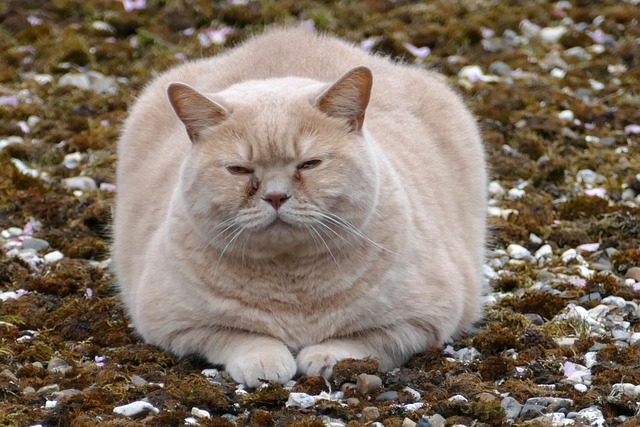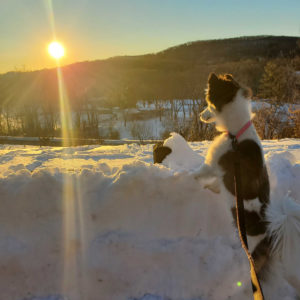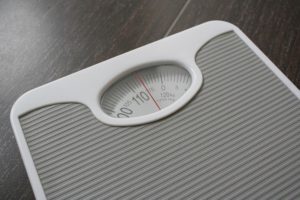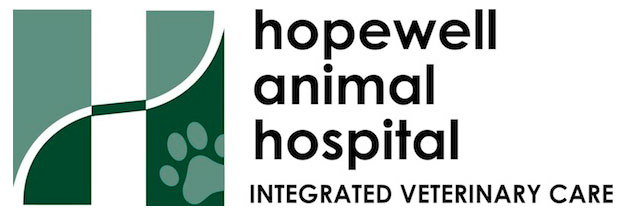
Let’s face it, winter is tough on our bodies. Our skin dries out, the wool sweater is scratchy, and we gain weight. Our bodies, and those of our pets are designed to accumulate weight during the colder months. In fact, one study in people found an average weight gain of 1.1 pounds in the time between Thanksgiving and New Years.
A study in the journal Nature showed that light emitted from the sun actually reduce the amount of adipocytes (fat cells) under our skin. Of course, during the cold months we are outside less and there are less hours of sunlight available to help the the fat cells. Other changes occur within our pet’s bodies during the cold months, such as an increase in hormones associated with sleep, mostly melatonin.
 There is also natural increase in our calorie intake to help the body prepare for a time of less resources. Think about animals that forage for food in the winter and have to travel further to obtain their calories.
There is also natural increase in our calorie intake to help the body prepare for a time of less resources. Think about animals that forage for food in the winter and have to travel further to obtain their calories.
Of course, one of the biggest problems we and our pets face in the winter is the lack of exercise. When a diet has just enough calories to keep you at a trim weight in the summer, the lack of exercise in the cold months can lead to extra calories and therefore extra pet.
The good news, is that we can prevent this problem from getting “too large”, we can put our pets on a diet and increase their activity.
 The first step of a diet is to determine the ideal body weight. Our doctors and technicians can help you determine what your pets ideal body weight should be. If you look at your pet’s most recent report card from their examination, you will see a body condition score- we want this number to be 4 or 5 – any more and your pet is considered overweight. Once we determine the correct weight, we can calculate the caloric requirements. You can do this at home with the formula:
The first step of a diet is to determine the ideal body weight. Our doctors and technicians can help you determine what your pets ideal body weight should be. If you look at your pet’s most recent report card from their examination, you will see a body condition score- we want this number to be 4 or 5 – any more and your pet is considered overweight. Once we determine the correct weight, we can calculate the caloric requirements. You can do this at home with the formula:
(ideal weight in kilograms x 30) + 70
This will give you the resting energy requirements. We use this number as a starting point for calorie consumption.
The next step is to look at the food we are feeding and we mean all the food that includes treats, snacks, the stuff the kids drop, the treats grandma and grandpa give and of course the meals we provide. We start by calculating the amount of food to give (our office can help you with this.. just ask) and then add any treats/snacks etc. and figure out what we can cut out to get to our ideal calorie intake.
After we make any changes to our pets diet, we wait about 1 month and then recheck their weight. There are many different pet foods on the market and some are better at helping with weight loss than others, again, just ask us about food suggestions.
The winter does not have to be a time to gain weight, just watch those calories and increase your pets exercise and we can achieve a healthy weight.
